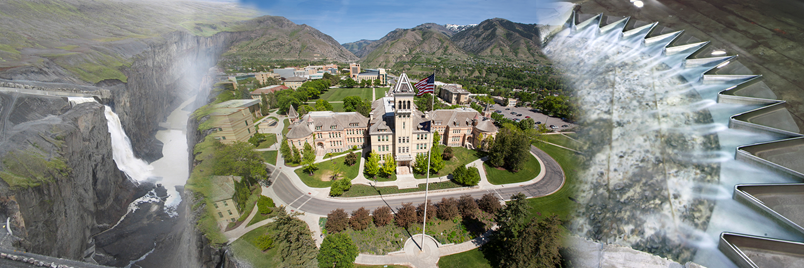Location
Utah State University, Logan, Utah, USA
Start Date
6-17-2012 12:00 AM
End Date
6-20-2012 12:00 AM
Description
ABSTRACT: This study presents comparisons between the results of a commercial CFD code and physical model measurements. The case study is a hydro-combined power station operating in spillway mode for a given scenario. Two turbulence models and two scales are implemented to identify the capabilities and limitations of each approach and to determine the selection criteria for CFD modeling for this kind of structure. The main flow characteristics are considered for analysis, but the focus is on a fluctuating frequency phenomenon for accurate quantitative comparisons. Acceptable representations of the general hydraulic functioning are found in all approaches, according to physical modeling. The k-ε RNG, and LES models give good representation of the discharge flow, mean water depths, and mean pressures for engineering purposes. The k-ε RNG is not able to characterize fluctuating phenomena at a model scale but does at a prototype scale. The LES is capable of identifying the dominant frequency at both prototype and model scales. A prototype-scale approach is recommended for the numerical modeling to obtain a better representation of fluctuating pressures for both turbulence models, with the complement of physical modeling for the ultimate design of the hydraulic structures.
Included in
Physical Modeling and CFD Comparison: Case Study of a Hydro-Combined Power Station in Spillway Mode
Utah State University, Logan, Utah, USA
ABSTRACT: This study presents comparisons between the results of a commercial CFD code and physical model measurements. The case study is a hydro-combined power station operating in spillway mode for a given scenario. Two turbulence models and two scales are implemented to identify the capabilities and limitations of each approach and to determine the selection criteria for CFD modeling for this kind of structure. The main flow characteristics are considered for analysis, but the focus is on a fluctuating frequency phenomenon for accurate quantitative comparisons. Acceptable representations of the general hydraulic functioning are found in all approaches, according to physical modeling. The k-ε RNG, and LES models give good representation of the discharge flow, mean water depths, and mean pressures for engineering purposes. The k-ε RNG is not able to characterize fluctuating phenomena at a model scale but does at a prototype scale. The LES is capable of identifying the dominant frequency at both prototype and model scales. A prototype-scale approach is recommended for the numerical modeling to obtain a better representation of fluctuating pressures for both turbulence models, with the complement of physical modeling for the ultimate design of the hydraulic structures.


